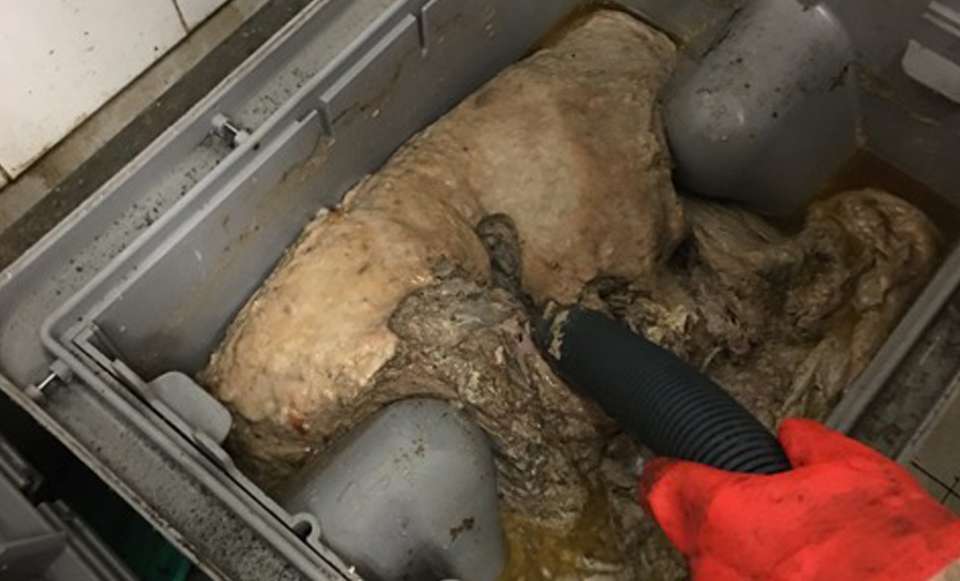
Used cooking oil is a common byproduct of commercial kitchen operations. While it can be recycled or repurposed, proper handling of used cooking oil is essential to ensure the safety of your staff, prevent accidents, and maintain a clean and efficient kitchen environment. In this blog post, we will outline important safety steps for handling used cooking oil in a commercial kitchen, helping you establish best practices and minimize potential risks.
1. Allow Oil to Cool:
Before handling used cooking oil, it is crucial to allow it to cool down. Hot oil can cause severe burns and scalding. Set aside a designated area or container specifically for cooling the oil, away from busy workstations and foot traffic.
2. Wear Personal Protective Equipment (PPE):
Always wear appropriate personal protective equipment (PPE) when handling used cooking oil. This includes heat-resistant gloves, safety goggles or glasses, and non-slip footwear. PPE acts as a barrier, reducing the risk of burns, slips, and falls.
3. Use Secure and Appropriate Containers:
Transfer the cooled oil into a secure and suitable container for storage or disposal. Choose containers specifically designed for handling used cooking oil, such as oil caddies or bins with tight-fitting lids. Avoid using containers that may leak or break, ensuring the oil remains contained and doesn’t pose a hazard.
4. Beware of Weight and Lifting Techniques:
Used cooking oil can be heavy, especially when contained in larger quantities. When lifting or moving containers filled with oil, use proper lifting techniques to prevent strains or injuries. Bend your knees, keep your back straight, and lift with your legs. If the container is too heavy, ask for assistance.
5. Clear Pathways and Spill Response:
Maintain clear pathways and ensure that spills are promptly cleaned up. Spilled oil poses a significant slip and fall hazard. Keep absorbent materials, such as paper towels or absorbent pads, readily available to quickly address any spills. Promptly clean up and dispose of any spilled oil according to local regulations.
6. Store Used Cooking Oil Securely:
Store used cooking oil in a designated and secure area, away from heat sources and open flames. Flammable vapors can be released from the oil, presenting a fire hazard. Use clearly labeled containers and ensure they are stored in a well-ventilated area, following local fire safety guidelines.
7. Dispose of Used Cooking Oil Properly:
Proper disposal of used cooking oil is crucial for environmental and regulatory compliance. Research local regulations and identify recycling or disposal options available in your area. Consider partnering with recycling companies that specialize in used cooking oil collection and repurposing.
8. Regular Maintenance and Cleaning:
Establish a routine for regular maintenance and cleaning of equipment and storage areas associated with used cooking oil. Clean spills, residue, and grease build-up promptly to prevent slips, falls, and potential fire hazards. Implement a regular cleaning schedule to maintain a safe and hygienic kitchen environment.
Handling used cooking oil safely in a commercial kitchen is vital for the well-being of your staff, the prevention of accidents, and the maintenance of a clean and efficient workspace. By following these safety steps, including allowing the oil to cool, wearing appropriate PPE, using secure containers, practicing proper lifting techniques, and ensuring proper storage and disposal, you can minimize risks and create a safe environment for all kitchen personnel. Implement these best practices to ensure the responsible and safe handling of used cooking oil in your commercial kitchen.






